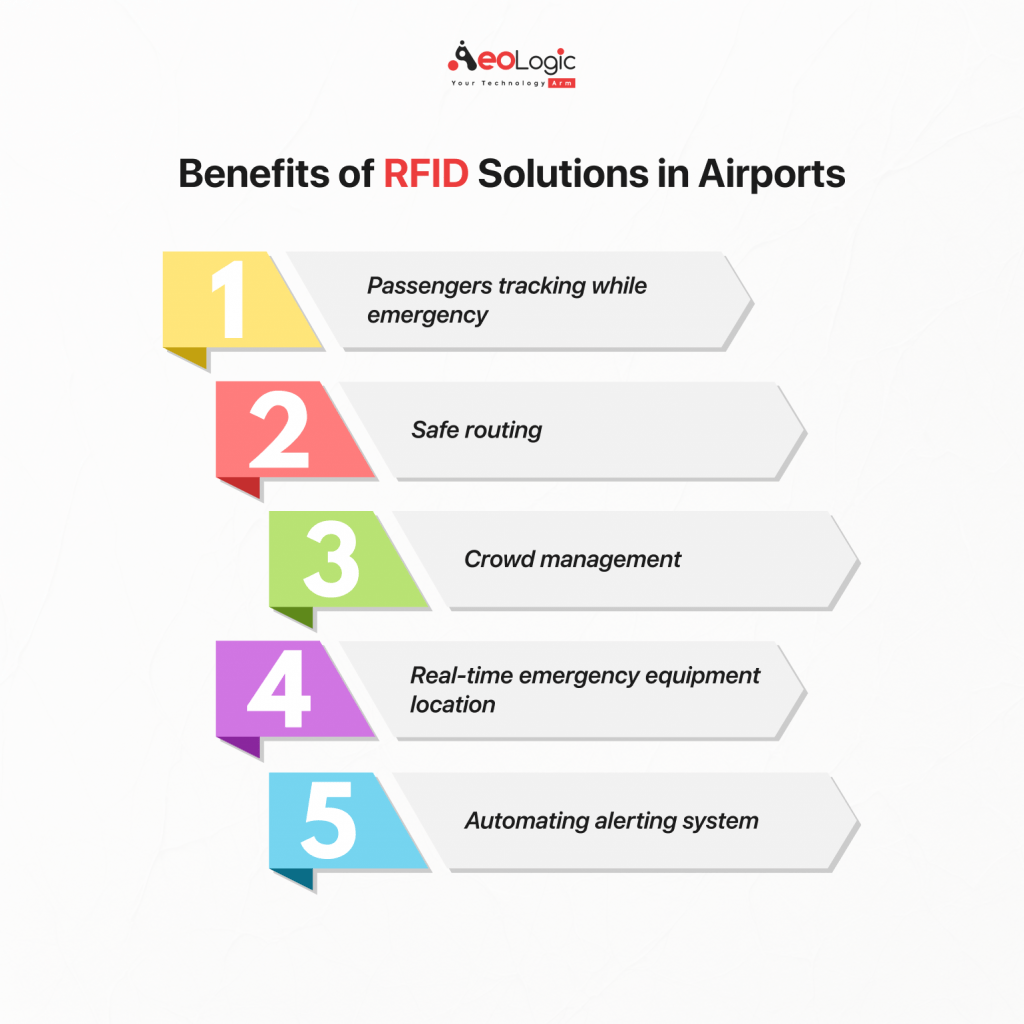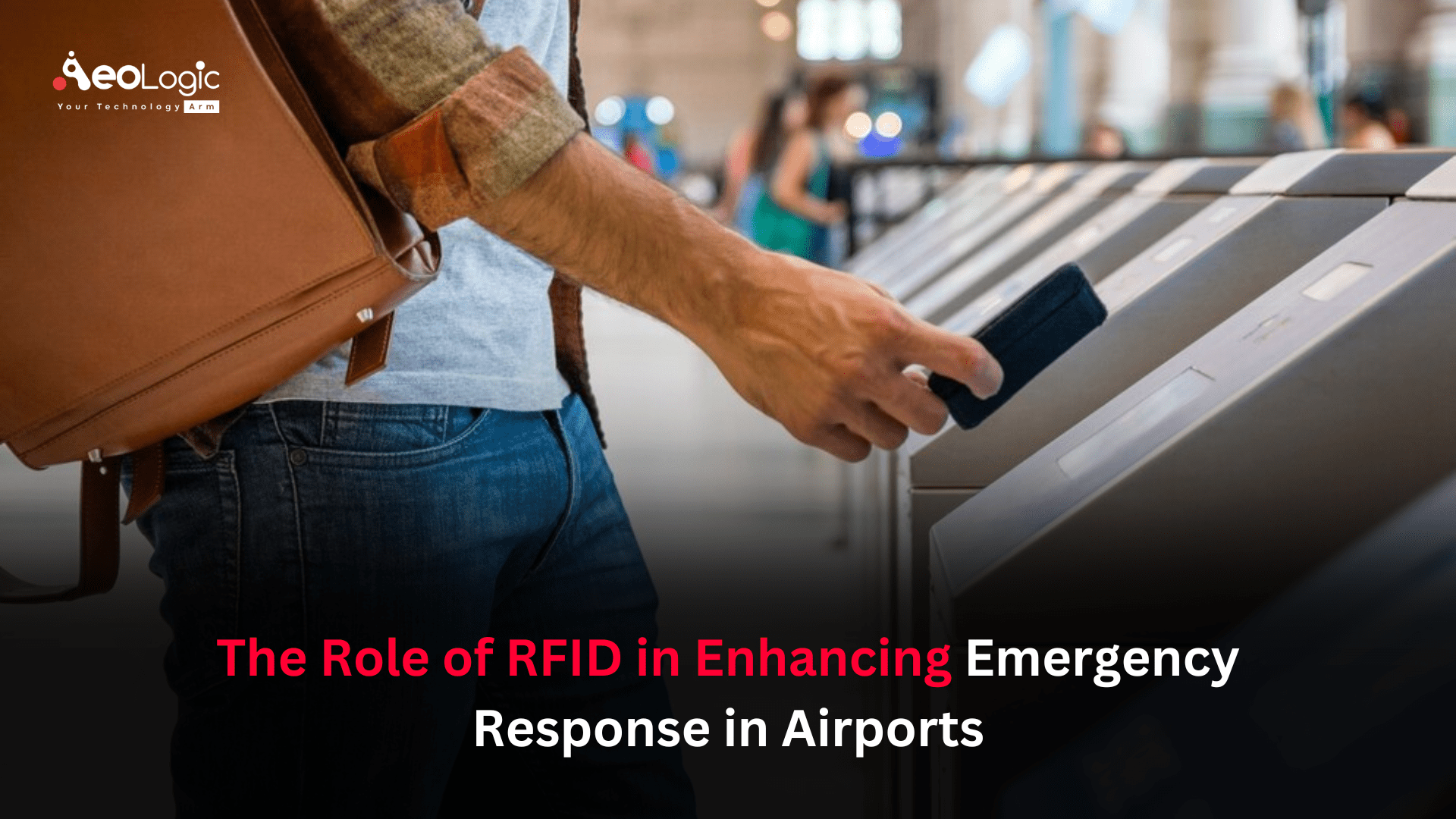Airports are one of the crowded places where a lot of travelers or passengers pass every hour. Many passengers wait in the waiting hall; few check in, few check out, staff members do their operations, places are landed with more people, cargo planes stop with products, etc. In 2024, international passenger traffic is expected to be 4.1 billion, which would be 43% of the total. Domestic passenger traffic is expected to be 5.4 billion, which would be 57% of the total. These are great numbers that show how many passengers pass through the airports daily.
So our topic is about the emergency response in airports that sometimes can be risky for many lives and assets. There can be various situations of emergency at airports, like aircraft emergencies, fire emergencies, and power failures; dangerous goods occurrences; aircraft hijacking; and terrorism attacks, as there are many past incidents of terrorist attacks on airports; runway foaming; and controlling public transportation at airports, etc.
In all these emergency conditions, it is very important to make an immediate response to avoid too much loss of lives or assets. There are many systems implemented at airports as technology has advanced to tackle these types of accidents. RFID technology is one of the most capable technologies among all that is offering many immediate accident response solutions for airports.
Overview: Technology Solutions for Airports
RFID-powered solutions like tags can attach to persons, assets, etc., to track them in emergencies. In vast accidents, RFID-powered real-time tracking allows one to know the exact location of a person to take them out of the accidental area; it can offer safe routes or outings with smart solutions, asset tracking helps to quickly make available emergency control assets like fire extinguishers, etc., improved communication with high-frequency channels in emergency time, data availability for post-accident reviews to avoid future accidents, etc.
Airport RFID System Market ScenarioAirport RFID System Market Size is expected to reach USD 10.78 billion by 2032, registering a CAGR of 10.1% during 2024-2032. Where individually, the global RFID market size is projected to be around USD 15.86 billion in 2024. This is expected to grow to USD 48.51 billion by 2034, with a compound annual growth rate (CAGR) of 11.83%.
We have seen the introduction part of the article that shows the initial information and some solid stats to prove statements. Now we are going forward to focus on some additional details like benefits and challenges. In the end, we will end the article with a summary paragraph.
Also Read: Affordable RFID Solutions to Track and Manage Your Assets
The Role of RFID Solutions for Airports
Radio Frequency Identification (RFID) is a technology that uses radio waves to passively identify a tagged object. RFID, or radio frequency identification, is arguably the best technology to provide solutions to respond in emergencies that can also be implemented in airports. With the RFID power solutions, emergencies like short circuits, fire catching, any malfunction in an airplane while landing or taking off, availability of emergency control equipment, trapped people tracking, etc., aspects are easily enhanced to avoid too much damage. Overall, this technology can have various benefits that we will see later in brief.
Benefits of RFID in Enhancing Emergency Response in Airports

This is the time for knowing some benefits of RFID in enhancing emergency response in airports. Here are a few mentioned below.
1. Passengers tracking while emergency
There can be situations of not finding passengers during an emergency situation at airports. The rescue team cannot find the passengers that are trapped in the accident area, and without any tracking tool, this can be a time-wasting process to find trapped people. With the RFID-powered tracking solutions like RFID or wristband, it is possible to know the exact location of trapped passengers and save their lives before it’s too late.
2. Safe routing
Conditions like firing, short circuits, fall of any part of airport infrastructure, etc., that can block the main gate or route. So this can result in trapping passengers inside the airports. But with RFID solutions, it is possible to find a safe and dynamic route to make it out from the airport campus. This too could be very crucial in saving lives.
Also Read: Implementation of RFID in Baggage Operations at Airports
3. Crowd management
In an emergency situation, people often get panicked and gather as a crowd, which can result in bottlenecks, congestion, etc. A stampede of passengers could result in the crushing of people which causes injuries. With the RFID-powered crowd density monitoring solutions, it is possible to track the areas where crowd density is high and take necessary action to prevent bottlenecks and ensure smooth evacuations of passengers.
4. Real-time emergency equipment location
There is much equipment for emergencies that is available at the airports, but finding that equipment at the right time is very important. In panic conditions, this is not an easy task to know the exact location of equipment. With RFID-powered tracking, equipment location can be known enables the use of equipment like fire extinguishers, defibrillators, first aid kits, rescue tools, etc., as soon as possible.
5. Automating alerting system
To prevent accidents, it is very important to know about the accidents or faults in the initial stage. Without any specific alarm system, it is not possible to know the accident information on time. Where the integration of RFID and AI can implement an automated alerting system that can make an alert before it’s too late. This really helps to save time, assets, and lives of people before slipping out of situations.
Also Read: Uses of RFID System in Airport Baggage Handling
Challenges of RFID solutions for Airports
It’s time to see some challenging parts of RFID while implementing it to enhance response in airports. Here are a few challenges mentioned below.
- Tag failures in extreme conditions like fire, smoke, water, etc., can result in not getting accurate information in emergency situations.
- The battery life of active tags can be a challenging issue too, as the battery may not last long; that could be a challenge in vast emergency situations.
- RFID works on a centralized system, so if any point makes a fault, then the whole network disrupts, which results in the crashing of the whole system.
Also Read: How Airlines Track Bags and Avoid Losing Baggage with RFID
Final Words
RFID technology is a great solution for airports in emergency situations that have the potential to manage and control the situations with ease. There are many benefits that we have seen earlier, like tracking of trapped passengers, equipment tracking, dynamic routing, automating alarm systems, crowd density monitoring, etc., that are surely going to contribute to enhancing the emergency response.
While there are a few challenges too, like interoperability, centralization, tag durability, battery life, cost, etc., the benefits are too good to overcome the challenges. Overall, every airport or aviation organization should implement RFID-powered solutions to save a lot of lives and assets and enhance emergency response.
FAQs
How Does RFID Improve Baggage Handling in Airports?
RFID (Radio Frequency Identification) has transformed baggage in airports by making it all quicker, more precise, and transparent.
1. Real-Time Tracking:
Every piece of luggage is tagged with an RFID chip that can be scanned remotely without a line of sight. This allows the airports to track bags in real-time as they go through check-in, security screening, loading, and unloading. Unlike barcode scanning, RFID tags can be automatically read meaning there is less human manpower and less human error throughout the process.
2. Reduced lost/misplaced bags:
Since RFID allows the exactness of tracking throughout the entire process, airlines and airport staff know exactly where a bag is at any moment, this reduces the chance of lost or delayed luggage. Airport staff know exactly where a bag is during its journey. If a bag strays from the track it would trigger an alert immediately.
3. Faster processing and handling:
RFID systems automate the process of identification and routing within the baggage sorting system, speeding up the automatic identification of bags capable of directing an item in the sorting machine is much faster than manual scanning. Conveyors and automated sorting read the number of RFID tags instantaneously allowing bags to be directed to the correct flight or carousel.
The reduced burden on manpower helps speed up the processing of the bags, leading to reduced delays and wait times for the passengers and other airport processes unchanged.
4. Improved Passenger Experience:
Passengers can get live updates about their bags through mobile apps or airport kiosks using RFID tacking. This transparency builds trust in the airline and replaces concern and anxiety related to lost luggage.
5. Increased Operational Efficiency and Cost Savings:
The airport and airline’s return on investment comes from lower labor costs, lower compensation costs for lost baggage, and better operational efficiency overall baggage handling operations. This leads to overall cost savings and smoother airport workflows.
How does RFID help in tracking assets during airport emergencies?
In an airport emergency, finding critical equipment quickly can be life or death. RFID technology can help by providing an effective method of tracking these assets in real time, so they are always available when needed.
RFID—and, radio frequency identification—is a technology that can identify and track objects using radio waves. At airports, RFID tags can be attached to emergency assets—like medical kits, fire extinguishers, rescue, and even employee ID badges.
RFID tags communicate continuously, transmitting radio signals that are captured by readers that are located throughout the airport, thus providing timely visibility as to where each asset is located, in both the best and worst circumstances such as emergencies.
Unlike traditional tracking mechanisms such as barcode scanning, RFID doesn’t require a direct line of sight, so an item can easily be identified even if it’s obscured, and even, in some cases, stored in a hard-to-see place. The time advantage as well as the identification accuracy, time is everything during an emergency.
Additionally, RFID tags are durable and resistant to environmental elements, so no matter how much they are handled—roughly or otherwise—they will continue working in spite of their conditions.
By knowing exactly where emergency resources are at any time, airport personnel can respond faster, deploy equipment smarter, and ultimately enhance safety outcomes in emergency situations.
How does RFID work in baggage handling?
In order to understand how RFID works in baggage handling, first of all, RFID uses radio waves to identify and track items automatically, and it does not require a direct line of sight. In the airport environment, RFID tags are attached to each piece of luggage. These tags can contain important data about the passenger, and the luggage’s origin and destination.
RFID readers are positioned throughout the airport at places like the check-in desk, luggage carousels, sorting areas, and loading zones. These readers automatically pick up the radio frequency identifier signals sent by the tags, allowing the airport staff to monitor each bag in real-time as it makes its way through the system.
It’s a significant advancement over barcodes, which need to be scanned visually, so bags can be identified faster, and more accurately while packed closely together.
Additionally, RFID tags are more robust than barcodes, and they are less likely to be damaged or lost on a journey. Ultimately, RFID helps ensure that every bag ends up on the right aircraft and, more importantly, at its final destination.
Possible Uses of RFID Technology for Airline Operations
To understand how RFID technology benefits airline operations, it’s helpful to know what RFID actually is. RFID, or Radio Frequency Identification, uses radio waves to automatically identify and track items wirelessly.
In airline operations, RFID tags are attached to baggage, cargo, and even important assets like ground equipment. Each tag holds unique information such as passenger details, flight number, and destination. These tags communicate with RFID readers installed at key points—like check-in counters, baggage sorting areas, loading docks, and aircraft cargo holds—allowing for real-time tracking and monitoring.
One of the biggest advantages of RFID over traditional barcodes is that it doesn’t need a direct line of sight. This means luggage and cargo can be scanned quickly and accurately even when stacked or moving fast, improving the speed and reliability of baggage handling.
Beyond baggage tracking, RFID helps airlines manage assets such as luggage carts, boarding passes, and ground service equipment, ensuring they are properly located and maintained. It also enhances passenger processing by enabling automated boarding and check-in systems.
In addition, RFID tags are rugged and durable, and do not suffer damage, preventing instances of lost or misread baggage. Overall, RFID can harness operational processes, minimize errors, improve safety, and enhance traveler satisfaction by allowing travelers to enjoy a more seamless and transparent travel experience.
What are RFID advantages and disadvantages?
Advantages of RFID:
- Speedy and accurate readings: RFID’s ability to read multiple tags all at the same time without requiring line-of-sight makes it a much quicker scanning operation.
- Inventory accuracy: RFID provides real-time visibility throughout the supply chain which minimizes loss and errors.
- Automation: RFID reduces or eliminates manual scanning, and can enhance speed in operations like checkout or shipping.
- Durability: RFID tags can endure extreme environments and have the longest longevity of any ID technology.
- Increased safety: RFID tags can use unique IDs and could be encrypted to improve safety in tracking.
Disadvantages of RFID:
- Cost: Initial investment and tags are more expensive than barcodes and other ID technologies.
- Interference: The presence of metals and liquids can disrupt RFID signals rendering them ineffective.
- Privacy: Unauthorized reading of tags by other users can result in data loss and breaches unless RFID is adequately safeguarded.
- Complexity: RFID systems typically will require agencies to integrate with existing systems and train employees.
- Limited standardization: Varying frequencies and protocols may make RFID systems incompatible, leading to ongoing problems.

I’m Deepika Pandey, an SEO strategist and content writer with 6+ years of experience. I create SEO-friendly content that drives traffic and engages readers. I combine data insights with creativity to help businesses grow their online presence effectively.







